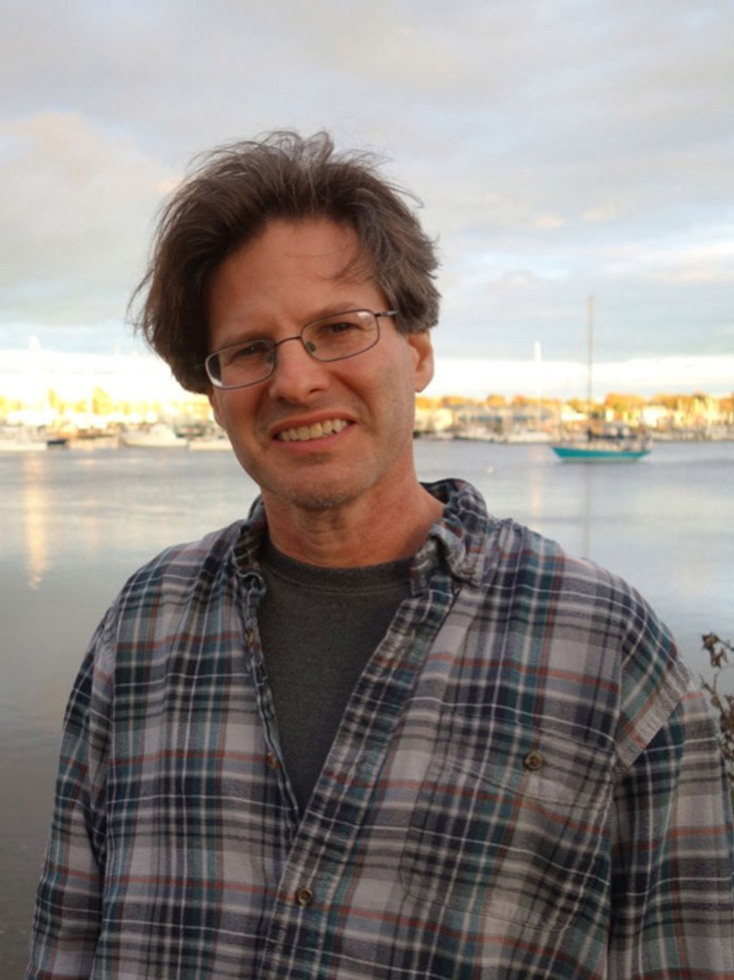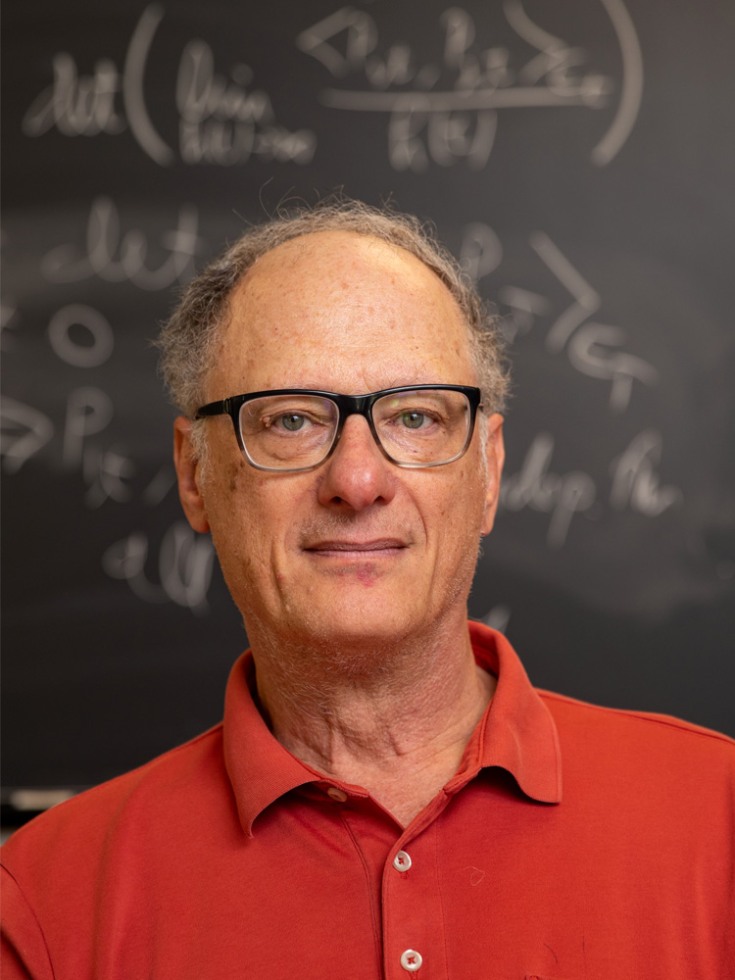PROVIDENCE, R.I. [Brown University] — Every four years, the International Congress of Mathematicians convenes top scholars from across the globe for a series of presentations on every math specialty under the sun. For many invitees, presenting is a career-defining moment — equivalent to an induction to a hall of fame.
This year, as ICM 2022 gets underway from July 6 to 14, no less than three Brown faculty members will have the honor of presenting their work.
Professor of Applied Mathematics Kavita Ramanan will speak about “Interacting Processes on Sparse Random Graphs;” Professor of Mathematics Richard Schwartz will offer “A Survey Lecture on Billiards;” and Professor of Mathematics Joseph Silverman will present “Arithmetic Dynamics: A Survey.”
In addition to their mathematics and applied mathematics faculty appointments, all three scholars are affiliated with Brown’s Institute for Computational and Experimental Research in Mathematics. One of just six federally funded math institutes in the nation, ICERM convenes researchers from across the world for academic programs and activities that advance mathematical understanding.
With ICM 2022 happening virtually this year — the planned in-person gathering in St. Petersburg, Russia, was nixed after Russian military forces invaded Ukraine — ICERM hosted Ramanan, Schwartz and Silverman for advance versions of their ICM addresses, pre-recording them for presentation during the July conference and giving ICERM guests a sneak peek at their ideas and concepts.
ICERM Director Brendan Hassett, also a professor of mathematics at Brown, said he’s proud to see the contributions of Ramanan, Schwartz and Silverman recognized on such a prominent global stage, especially given their impact in helping to build communities of math scholars in their roles at ICERM.
“Really, there are very few institutions that have multiple ICM speakers,” Hassett said. “It shows the tremendous strength that Brown has across both pure and applied mathematics, including in different subspecialties. I’m quite proud that Brown is home to a large mathematics community that cuts across departments, and that we all work collaboratively to create a positive environment for education, training and encouraging mathematics across the country.”
In advance of their ICM 2022 presentations — each of which will be available publicly via the International Mathematical Union’s YouTube channel after the congress ends on July 14 — Ramanan, Schwartz and Silverman shared brief overviews on their topics, and perspective on what it means to have been invited.

